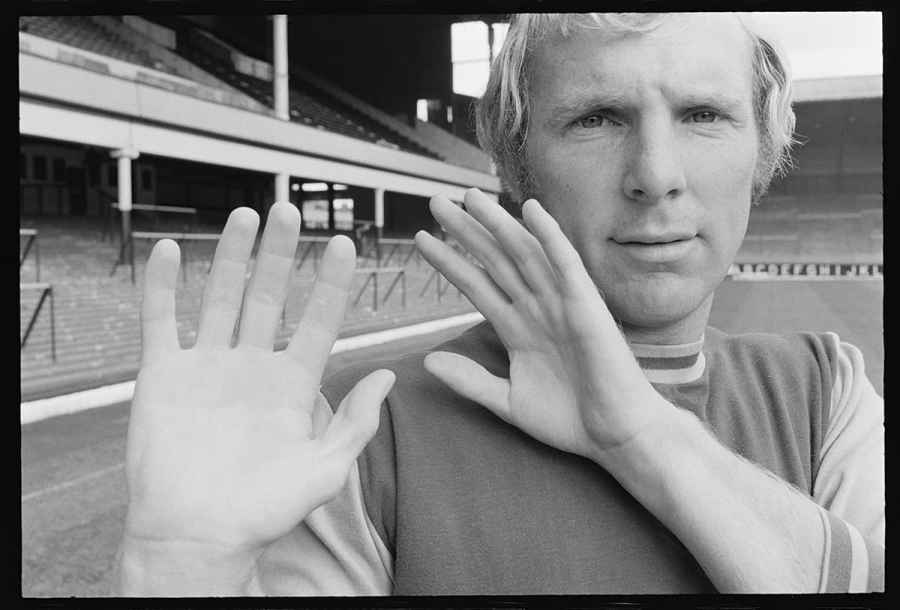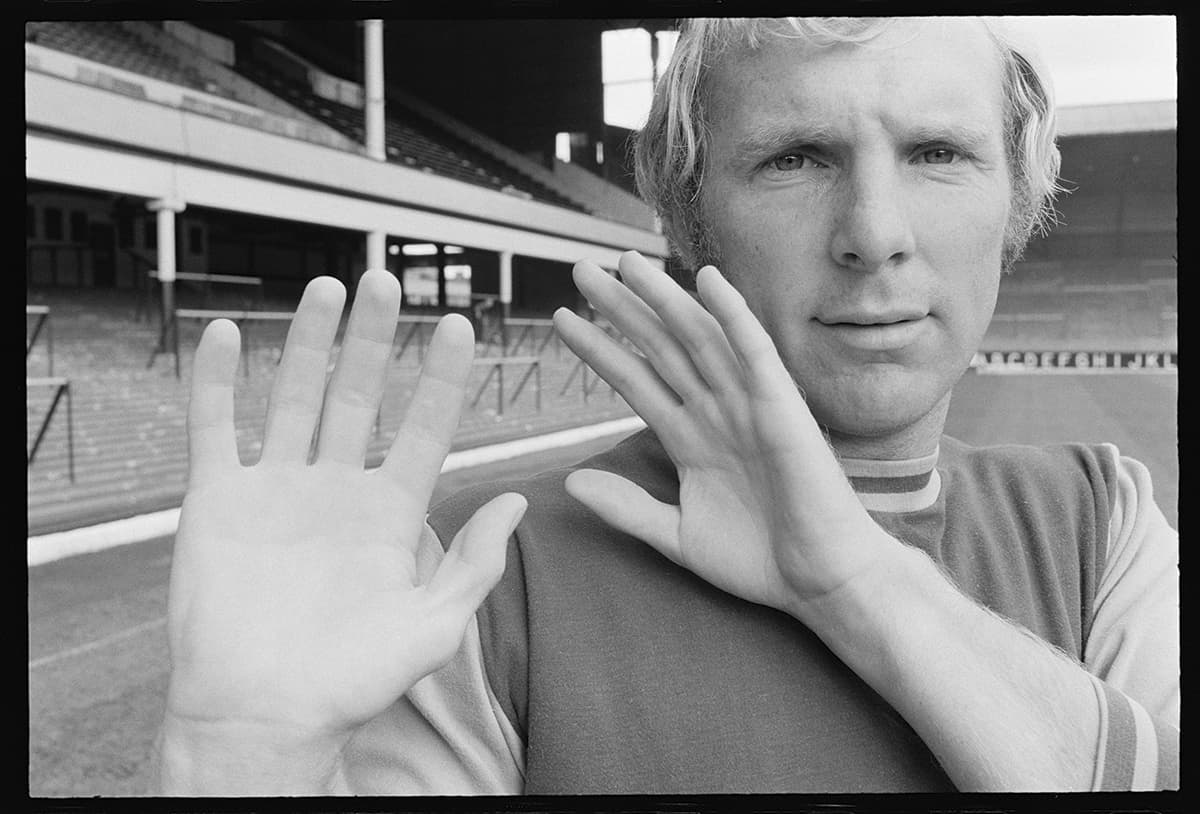
It’s always a joy to discover or rediscover lost images. On a personal level, it can be the discovery of previously unseen family albums, or images from years gone by that reinvigorate memories of our own childhood. It happens in the photography world all the time. Just look at the recently uncovered images by Hollywood photographer George Douglas just after his death in 2014.
Other recent finds led to the discovery of previously unknown photographer Vivian Maier, an event that saw the unassuming nanny lodged firmly in the annals of photographic history.
Now we have another significant discovery. Time Inc UK, in collaboration with Metro Imaging, has thrown open the doors of its vaults to showcase the TV Times archive, an exceptionally rare collection of portraits and on-set photography of the stars of music, entertainment and sport.
All these recently discovered original negatives have remained unseen since their publication more than 50 years ago. The collection includes images of personalities such as Peter Sellers, Woody Allen, Liza Minnelli, Diana Rigg, and even a thrilling set of images of The Beatles. Perhaps most interestingly, the archive also contains pictures taken by photographer Helmut Newton.
These images are accessible online in the TV times archive gallery and are also for sale. See the price list.
‘TV Times had five photographers on its staff,’ says Time Inc UK’s David Abbott, the man tasked with navigating his way through the vast archive.
‘In the 1960s, the magazine had four million readers a week. It’s a massive magazine and they have a great archive. The collection had been stored in around 100 boxes at the BFI [British Film Institute] since the late ’80s, and within that archive – one that everyone had forgotten about until it was rediscovered this year – there are some exceptionally strong shoots. We now have all the original negatives back, from which we’ve been able to put together a series of contact sheets and high-res scans. The staff photographers at TV Times were able to capture the character of their subjects, such as the footballer Bobby Moore and the comedian Tommy Cooper.’
Access all areas
Launched in 1955, TV Times was the only ITV listings title of its day. If you wanted to know what was going to be on ITV, you had to buy TV Times. As a result, the magazine was granted backstage access. As well as seeing exclusive portraits of some of the day’s stars, readers could also catch a glimpse of their favourite celebrities ‘out of character’.
One particularly nice set shows the singer and actress Liza Minnelli backstage during rehearsals for a TV production, Live at the Hippodrome in 1966. Stripped of the flattering lighting and controlled setting of a studio, Minnelli appears almost pensive and vulnerable as she holds a dress up to her reflection in the mirror.
Later in the contact sheet we can see her wearing the dress and meeting the press as an entirely different character. It’s perhaps the contact sheets that are the most valuable gift from the archive. When the images are seen within the context of the contact sheet (including those now rarely seen red china pencil marks), viewers of the images are presented with a remarkable chronicle of one of the most exciting periods in the history of British entertainment.
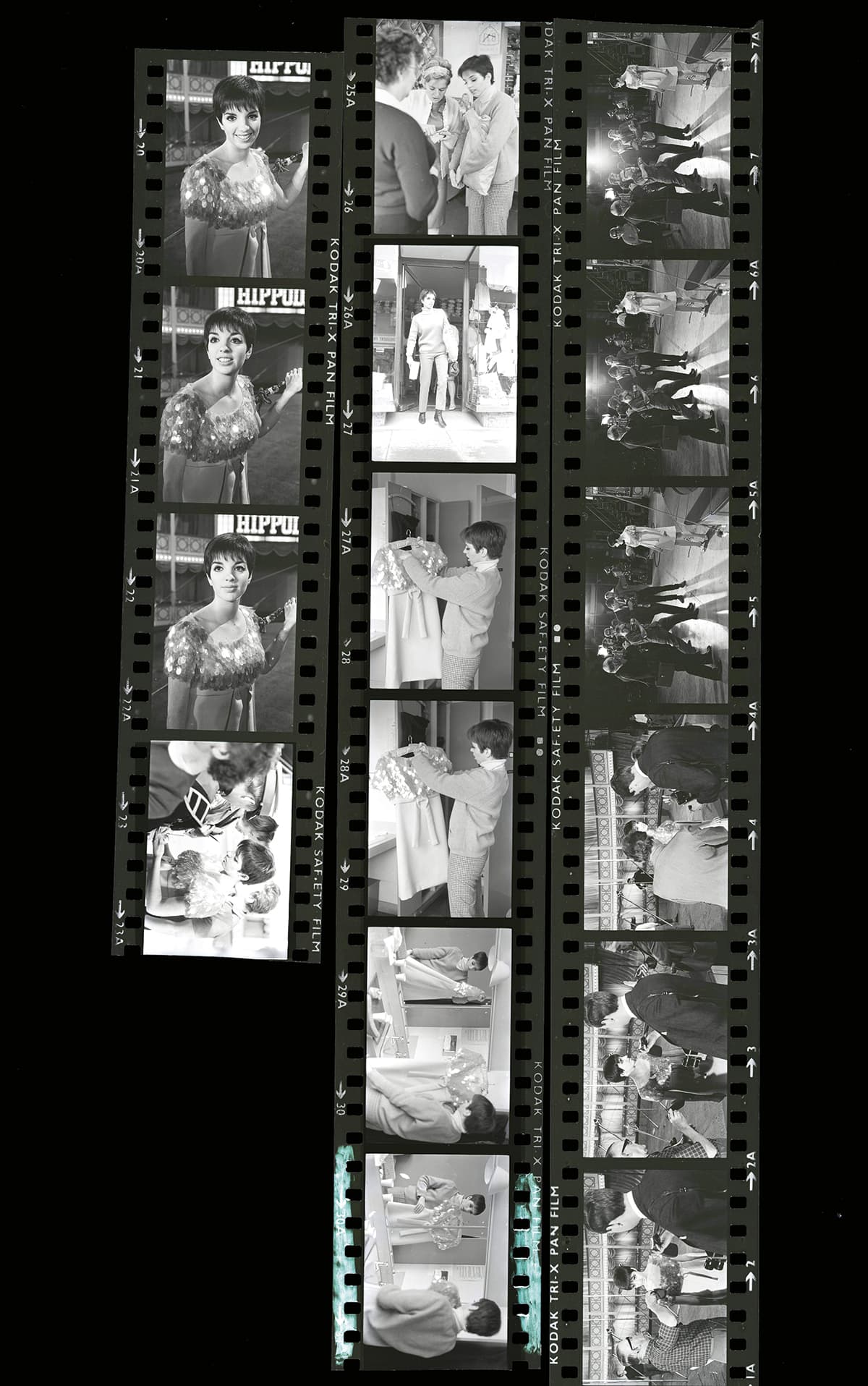
Actress and singer Liza Minnelli selects a dress backstage at a recording of Live at the Hippodrome in 1966, before meeting the press

‘Another great image is of the US comedian Woody Allen,’ says David. ‘Woody Allen has only ever appeared once on a live set on TV and that was on Granada in 1965. It was The Woody Allen Show, a one-off. There was no other photographer there apart from the chap from TV Times. As a result, we have this wonderful shot of Allen posing with an elongated microphone stand.’
The real gems
While this is a beautiful and all-encompassing archive of a period of British entertainment, there are perhaps two sets of images that will get photography and music lovers salivating. The first features images taken by the hugely influential and iconic fashion photographer Helmut Newton.
‘The images are quite unusual,’ says David. ‘Rather than seeing images displaying hugely expensive and elaborate haute couture, the photographs feature models wearing some pretty straightforward garments, specifically cheap fake fur. Some of the models are actually wearing outfits put together by C&A.’
Due to the large readership of TV Times, the magazine underwent a serious overhaul that found it revamped into a much more established and exclusive publication. As the magazine found itself working with a more generous budget, they were able to attract (and afford) the occasional big-name photographer: in this case, Helmut Newton. It’s a testament to the photographer’s brilliance that he was able to create such engaging and powerful images, even when working with cheap clothes and sets.
While the fashion images are impressive, there is perhaps one other collection of photographs that can claim to be the archive’s real jewels. These images feature musical game-changers, The Beatles, in a shoot taken at the Granada studios in December 1965.
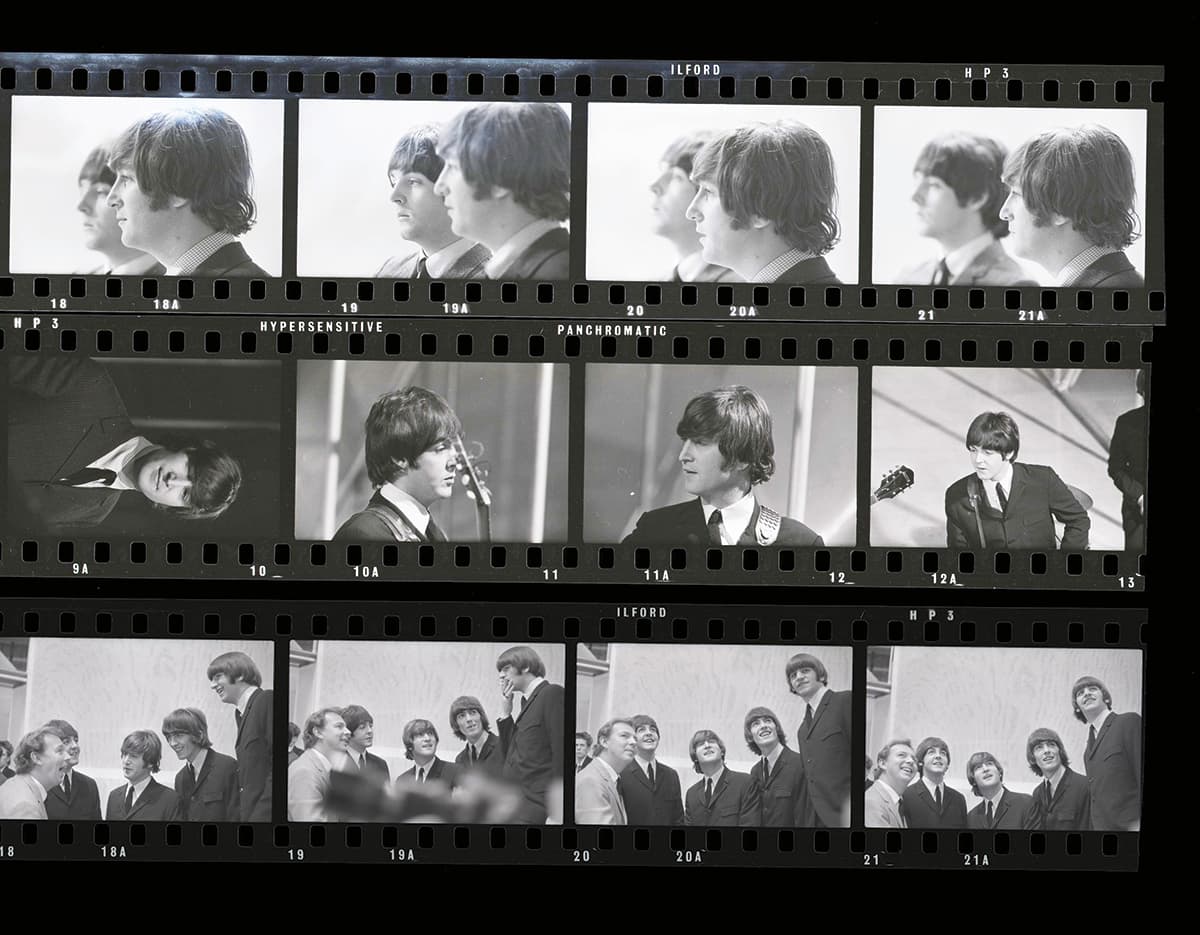
The Beatles on set and in front of the press during the recording of The Music of Lennon & McCartney at Granada studios in 1965
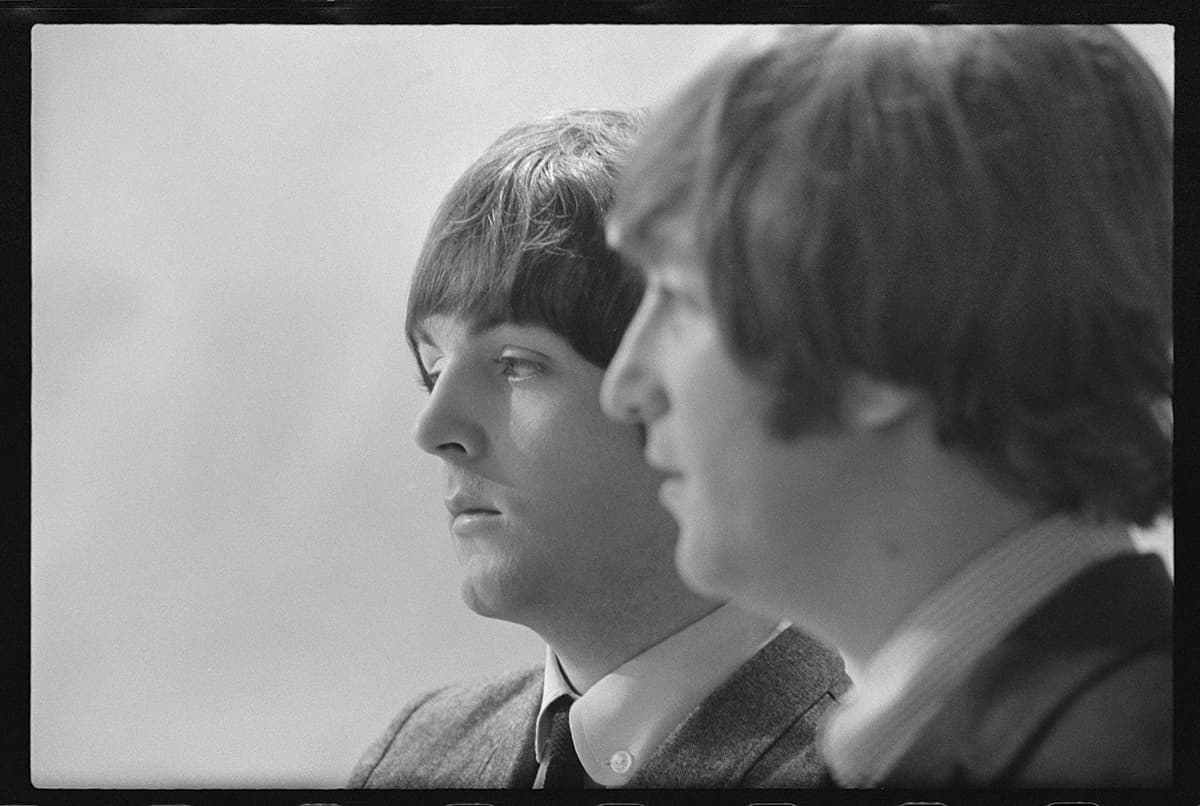
‘I’ve looked at a number of images in Beatles books, because there are just so many, but these pictures really stand out,’ says David. ‘The archive contains 11 rolls of film taken during a show called The Music of Lennon & McCartney. This involved a series of recording artists singing Beatles songs and then, at the end of the show, the group came on and performed a couple of numbers. This was a big deal for Granada and the whole concept of the show actually came from TV producer Johnnie Hamp. The show was 50 minutes long and filmed over two days.’
The contact sheets show the group hanging around the studio, miming and, at times, frankly looking a little bored. The best shots show just Paul McCartney and John Lennon in close-up profile, and each frame selects a different point of focus – sometimes it’s John, sometimes it’s Paul.
Clearly, the photographer was hedging his bets and making sure every angle was covered. As with the images of Minnelli, we see the band stripped of the veneer of celebrity, before being transformed into superstars under the flashguns of the press who converged post-show. It’s a startling take on a much-photographed and monolithic band.
The images, or at least the best selection of them, were scanned and printed to the utmost quality by Metro Imaging in London, under the keen eye of company director Steve Macleod, a man who is positively evangelical about printing and film.
‘It was mostly Steve’s input that saw us scanning and printing these images to the highest order,’ says David. ‘When he saw the TV Times images he was blown away, and that’s a guy who has seen a lot of great images. They really are a collection of great shots.’

